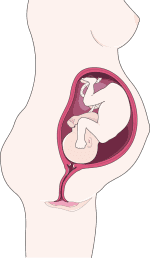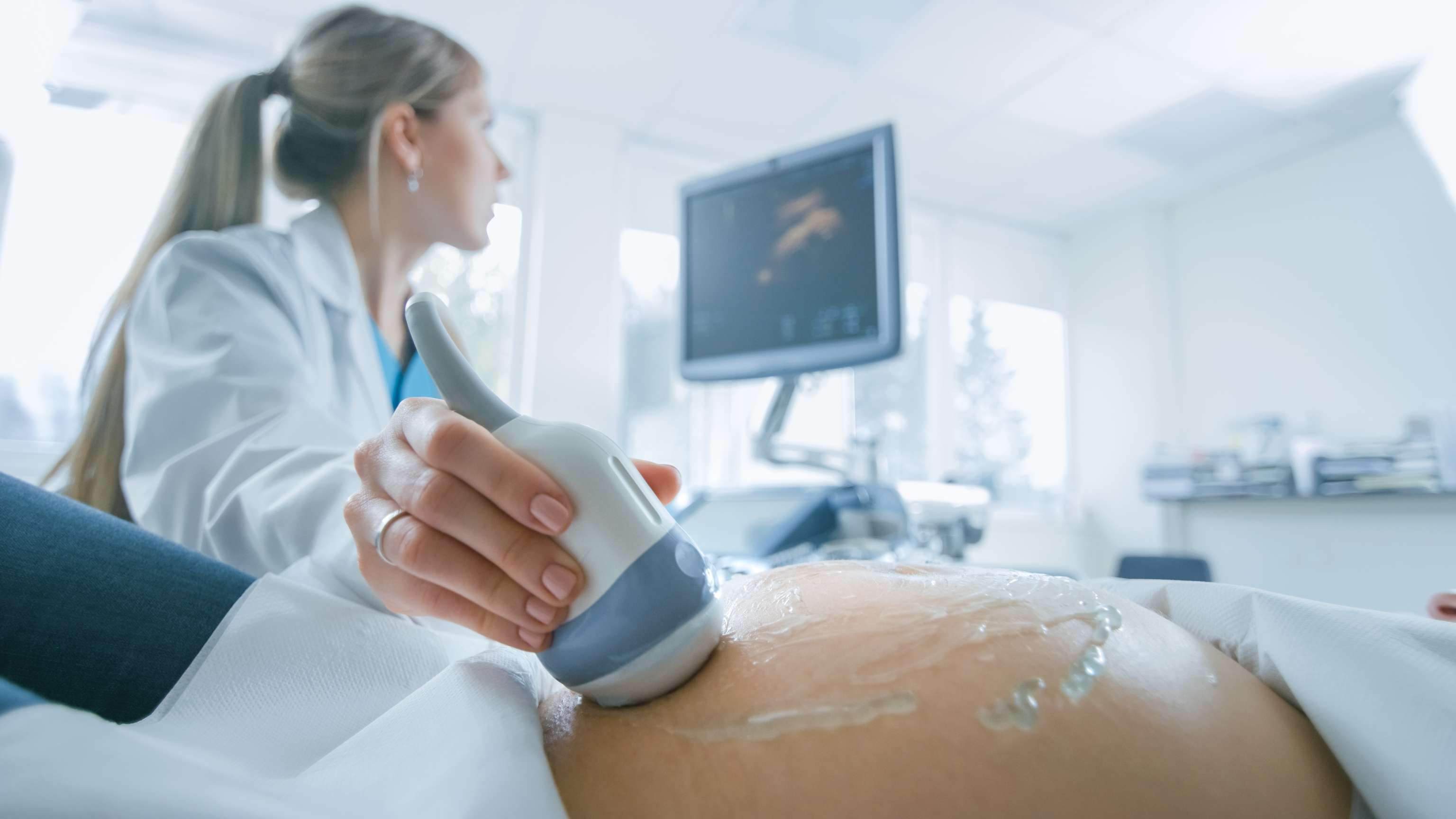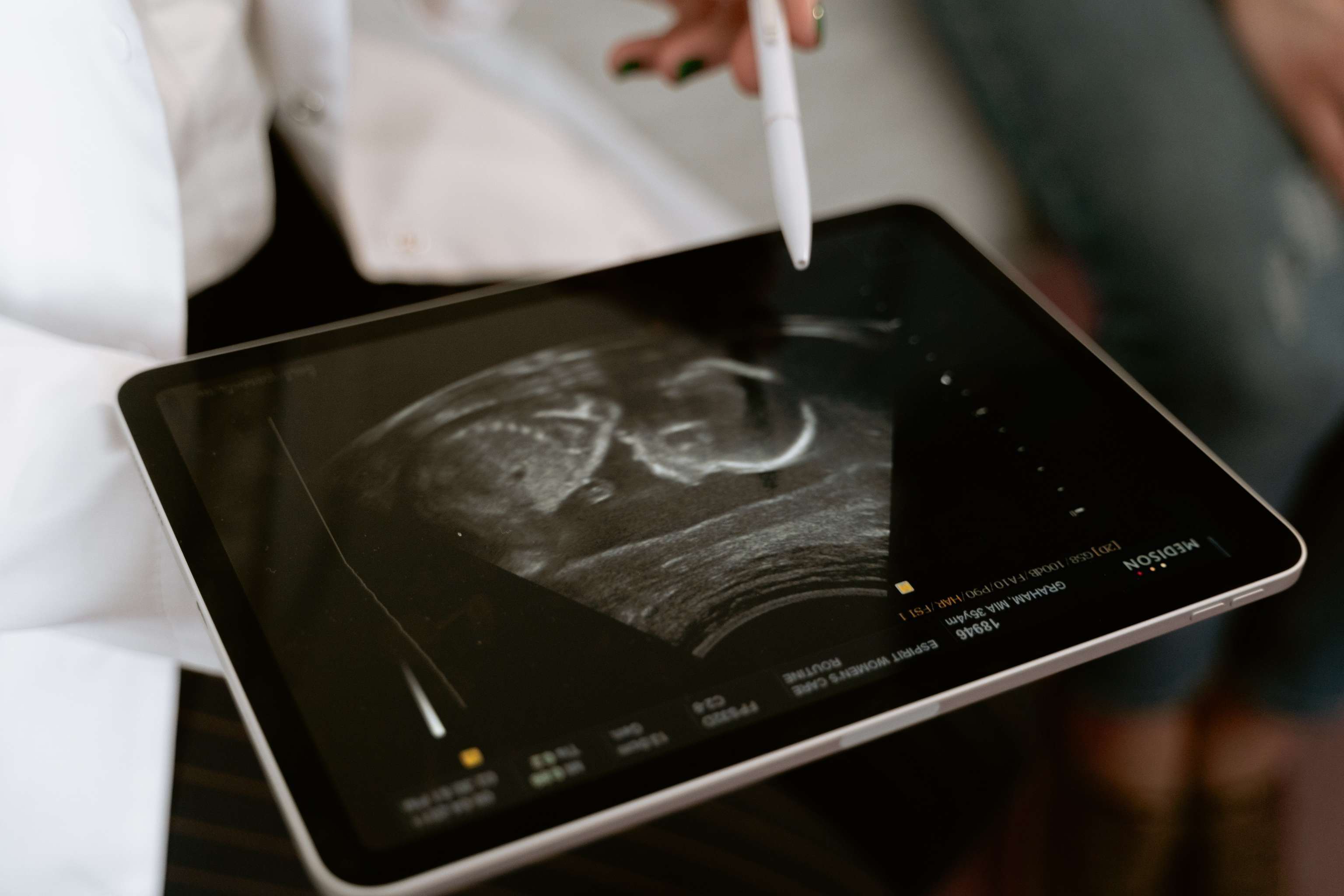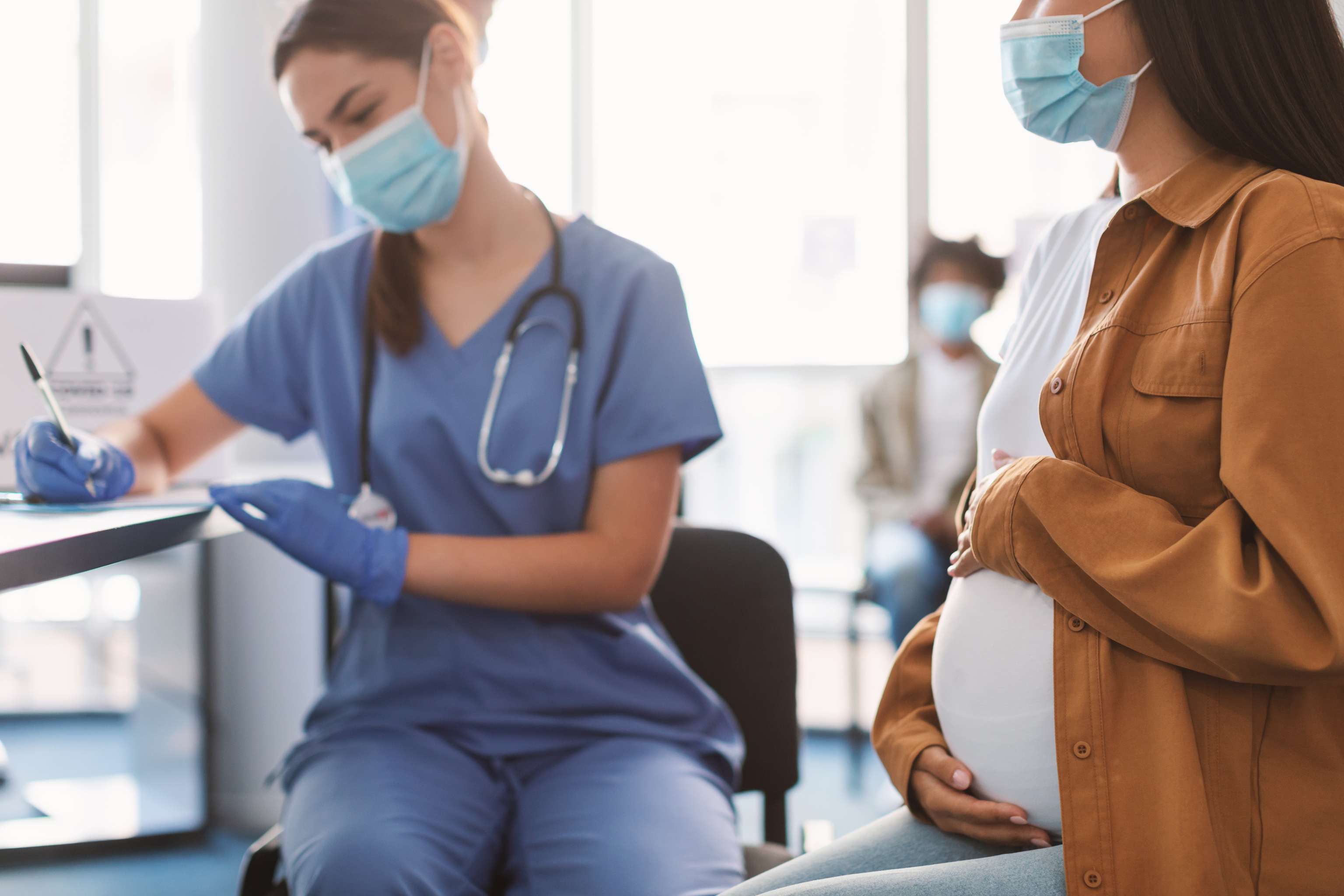Basics
The purpose of monitoring a normal pregnancy in the course of preventive examinations is to detect high-risk pregnancies at an early stage and thus to be able to avoid complications as far as possible.
The purpose of monitoring a normal pregnancy in the course of preventive examinations is to detect high-risk pregnancies at an early stage and thus to be able to avoid complications as far as possible.

In Austria, the minimum requirements for this are laid down in the 2002 Mother-Child Passport Ordinance (MuKiPassV) of the Federal Law Gazette (BGBl). In addition to nine examinations of the child for the receipt of childcare benefits, five examinations during pregnancy are also required. Exceptions apply in the case of late detection of pregnancy.
The legislator provides clear guidelines as to which examinations are required to protect the pregnant woman and the unborn child. Both the time frame and the scope are specified.
1st examination | Until the end of the 16th week of pregnancy |
2nd examination | 17th to 20th week of pregnancy |
3rd examination | 25th to 28th week of pregnancy |
4th examination | 30th to 34th week of pregnancy |
5th examination | 35th to 38th week of pregnancy |
Each examination should include at least the following four basic examinations:
In addition, some of the examinations also include special examinations depending on the progress of the pregnancy.
1st examination | Blood test of the following parameters:
|
2nd examination | Internal examination |
3rd examination | oral glucose tolerance test (blood glucose test), hepatitis B test, hemoglobin and hematocrit determination |
4th examination | Only general examinations (see above), but ultrasound recommended |
5th examination | Only general examinations (see above) |
In addition, other examinations are recommended in the law gazette, but are not obligatory for receiving child care benefits.
8th to 12th week of pregnancy | Ultrasound examination |
18th to 22nd week of pregnancy |
|
30 to 34 weeks of pregnancy | Ultrasound examination |
According to the law, ultrasound examinations are not a prerequisite for the continuation of childcare allowance in the full amount.

HIV is tested during pregnancy to prevent transmission of the virus to the child. If the test is positive, the risk of infection can be reduced to less than 1% by highly effective combined antiretroviral therapy (cART). If the viral load is high, the child is delivered by cesarean section. Afterwards, the child receives post-exposure prophylaxis and must not be breastfed, which further reduces the risk of transmission. To ensure that all these precautions can be taken in good time, it is obligatory to take an HIV test early in pregnancy.
Checking blood group and rhesus factor is especially important for birth. In rhesus-negative mothers with rhesus-positive children, an immune reaction can be triggered by the birth. This creates an immune memory against the rhesus factor, which can be problematic in future pregnancies. Therefore, it is important to learn about this blood value early and take the necessary precautions at birth to avoid the immune response against the rhesus factor.
The oral glucose tolerance test measures blood glucose after ingestion of a sugar solution. This can detect gestational diabetes, which must be treated to avoid complications and malformations. Elevated blood glucose levels can lead to heart disease, respiratory distress syndrome and premature birth of the child.
Measurement of toxoplasmosis titers is considered proof of immune protection against toxoplasmosis. Without this protection, pregnant women must follow special precautions: Not eating raw meat, not handling litter boxes and feeding cats only canned or dry food, gardening only with gloves, washing hands carefully before each meal, and washing fruits and vegetables thoroughly before eating. These measures are taken to avoid infection with toxoplasmosis, which can cause malformations of the eyes, liver and brain during pregnancy.
Rubella titers are also done to prove immune protection. Infection during pregnancy can cause deafness, cataracts and heart defects in the child.
The physical examinations, such as measuring blood pressure and checking weight, in addition to recording the general state of health of the expectant mother, also have the purpose of detecting so-called pre-eclampsia at an early stage. This is a high blood pressure condition that is also manifested by increased water retention (edema). If left untreated, eclampsia can develop, which is characterized by epileptic seizures in the mother and entails an increased risk of growth disorders, premature birth or miscarriage. Internal examination may detect thyroid dysfunction(hypothyroidism, hyperthyroidism). These sometimes also occur in the course of pregnancy.
In a normal pregnancy, three separate ultrasound examinations are recommended at different times (see above). In the event of complications, such as bleeding or amniotic fluid leakage, additional ones may of course be required.

The objectives of the ultrasound vary depending on the progress of the pregnancy. While at the beginning the exact calculation of the week of pregnancy is in the foreground (gestational age), the development of the organs is checked in the second examination. The size of the organs can be measured, the placenta and amniotic fluid can be checked, and malformations can be detected. In the third examination, towards the end of pregnancy, the development of the unborn child is checked again, and the size and weight are calculated for birth planning. The measurement of the child's head can be helpful, for example, in deciding between vaginal delivery and cesarean section.
In addition, sonography can be performed in combination with laboratory tests as part of the so-called first trimester screening to measure nuchal translucency (nuchal fold). Increased nuchal translucency is a non-specific indication of malformations such as trisomy 21 (Down syndrome) or malformations of the organs. By combining several values, a risk is calculated, which, if necessary, can also lead to a decision for further examinations, such as amniocentesis, fetal DNA examinations from maternal blood or tissue sample examinations of the placenta.
The midwife consultation is not mandatory, but a one-hour consultation is recommended. In this consultation, the pregnant woman usually receives information about the course of pregnancy, birth, postpartum and breastfeeding. She also receives tips on health-promoting and preventive behavior during pregnancy, the postpartum period and breastfeeding. The psychosocial environment of the pregnant woman and possible support options can also be discussed.
In addition to specific examinations, every pregnant woman is also entitled to general counseling.

For example, flu vaccination (from the 2nd trimester), pertussis vaccination(from the 3rd trimester) and, more recently, mRNA-based Covid-19 vaccination (from the 2nd trimester) are recommended for all pregnant women. Tobacco, alcohol, and drugs should be avoided because they can cause malformations. Due to an increased risk of caries and periodontitis, dental check-ups and preventive measures may be useful. With regard to sports activities, light exertion is recommended and intensive competitive sports are discouraged. In addition, any accident and fall risks should be taken into account.
However, these recommendations may vary from person to person, especially in the case of risk factors or pre-existing conditions.

Dr. med. univ. Moritz Wieser

Thomas Hofko
Browse our extensive database of medications from A-Z, including effects, side effects, and dosage.
All active ingredients with their effects, applications, and side effects, as well as the medications they are contained in.
Symptoms, causes, and treatments for common diseases and injuries.
The presented content does not replace the original package insert of the medication, especially regarding the dosage and effects of individual products. We cannot assume liability for the accuracy of the data, as the data has been partially converted automatically. Always consult a doctor for diagnoses and other health-related questions.
© medikamio